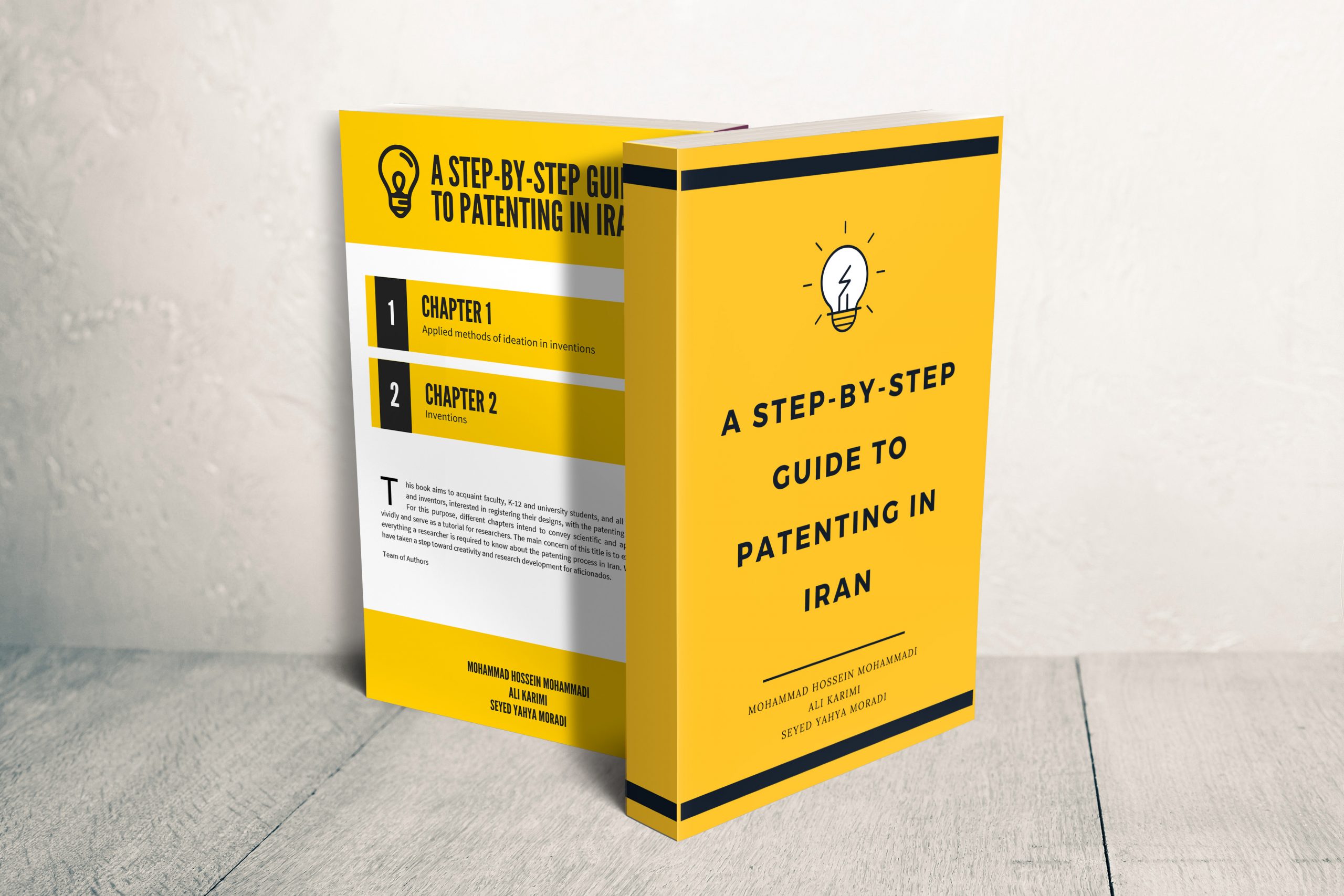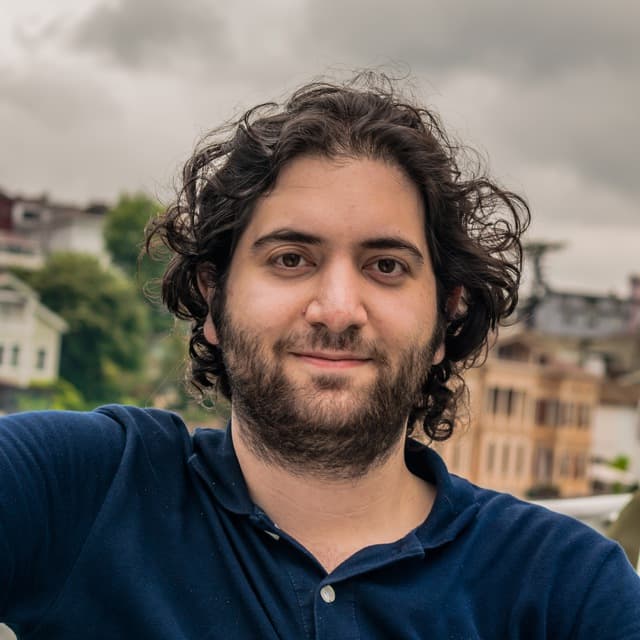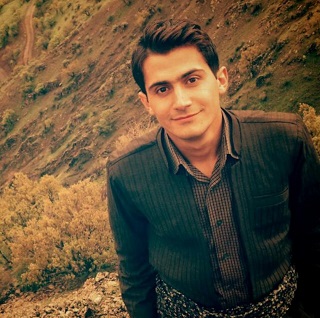A Step-By-Step Guide to Patenting in Iran
Published in Arna, 2020

| Information Book | |
|---|---|
| Book Name | A Step-By-Step Guide to Patenting in Iran |
| Authors | M.H.Mohammadi, A.Karimi, S.Y.Moradi |
| language | English |
| Printed in the | IRAN |
| Publisher | Arna |
| First Printing Edition | Nov,2020 |
| Print Length | 70 |
| ISBN | 978-600-356-922-8 |
〽️Introduction:
This book aims to acquaint faculty and university students, and all the researchers and inventors, interested in registering their designs, with the patenting process in Iran. For this purpose, different chapters intend to convey scientific and applied concepts vividly and serve as a tutorial for researchers. The main concern of this title is to explicitly express everything a researcher is required to know about the patenting process in Iran. We are proud to have taken a step toward creativity and research development for aficionados.
Team of Authors
🚩Table of Contents
| Chapter 1 | Chapter 2 |
|---|---|
| Preface | |
| Applied methods of ideation in inventions | INVENTIONS |
| 1-1- Factors Affecting Creativity | 2-1- Definition of Innovation |
| 1-2- Characteristics of Creative Individuals | 2-2- Definition of Invention |
| 1-3- Creativity Development Methods | 2-3- Writing Patenting Proposals in Iran |
| 1-4- Ideation Techniques | 2-4- Definition of Inquiry Authority or Invention Review Authority |
| 1-5- The SCAMPER Technique | 2-5- Searching for and Reviewing Registered Inventions in Iran and across the World |
| 1-6- The 5 Whys Technique | 2-6- Documents Required for Registering a Patent Application |
| 1-7- Creative Illusion Technique | 2-7- Patenting and Associated Fees |
| 1-8- PMI Technique | 2-8- A Step-by-Step Guide to Patent Application Registration |
| 1-9- “DO IT” Technique | 2-9- Application Follow-Up and Request Submission |
| 1-10- “Water Lily Blossom” Technique | 2-10- Everything that is Going to Happen after Application Registration |
| 1-11- “What Would Happen If?” Technique | 2-11- Types of Record Status |
| 1-12- Assumption-Busting Technique | 2-12- Steps for Request Submission of Various Types |
| 2-13- Different Types of Notice and Methods of Responding to them | |
| 2-14- Final Conclusion |
Chapter (1) - Applied methods of ideation in inventions
There have been different concepts and meanings for the definition of “Creativity” throughout history. For instance, Torrance considers creativity a form of problem solving and defines creative thinking as a process of sensing problems or gaps in information, formulating hypotheses about resolving problems and deficiencies, evaluating, testing, revising and retesting hypotheses, and conveying the results. Rajaei regards creativity as a mental competency in generating novel ideas and introduces conjecture as the driving force behind creativity and sciences. In general, creativity stems from the fountain of human originality, consciousness, and unconsciousness. Despite the popular belief that places creativity at the heart of an idea and deems it valuable in culture development and localization of economic and human needs satisfaction, its essence is entirely captured by an ability to re-conceptualize and generate new ideas. Like other scientific phenomena, creativity has a unique definition and is associated with such parameters as cognitive and socio-environmental processes, individual characteristics, ingenuity, and psychological disorders. In fact, creative thinking occurs when people cease to view their surroundings from previously-adopted perspectives and relinquish previously-held assumptions. Creativity requires the simultaneous presence of a number of traits, e.g. intelligence, tenacity, unconventionality, and the ability to think in a particular manner. Finally, creativity emerges intrinsically without any preconceptions.
Chapter (2) - INVENTIONS
Innovation is the use of new ideas drawn from creativity. It is the implementation of creative ideas delivered as new products or services. Innovation differs from ideation and invention; invention means the “creation of a new product”, whereas innovation transcends invention and is defined as the “introduction of a recent product”, which co-occurs with creativity and supply.
Authors
| Order | Pic | Name | Information |
|---|---|---|---|
| The First |  | Mohammad Hossein Mohammadi | 1. Personal Website 2. LinkedIn 3. M.H.Mohammadimir2017@gmail.com |
| The Second |  | Ali Karimi | 1. Personal Website 2. LinkedIn 3. AliKarimi120@gmail.com |
| Third |  | Seyed Yahya Moradi | 1. Personal Website 2. LinkedIn 3. S.YahyaMoradi@yahoo.com |
🛒Buy
| Amazon (Kindle Edition) | Taaghche |
|---|---|
 |  |
